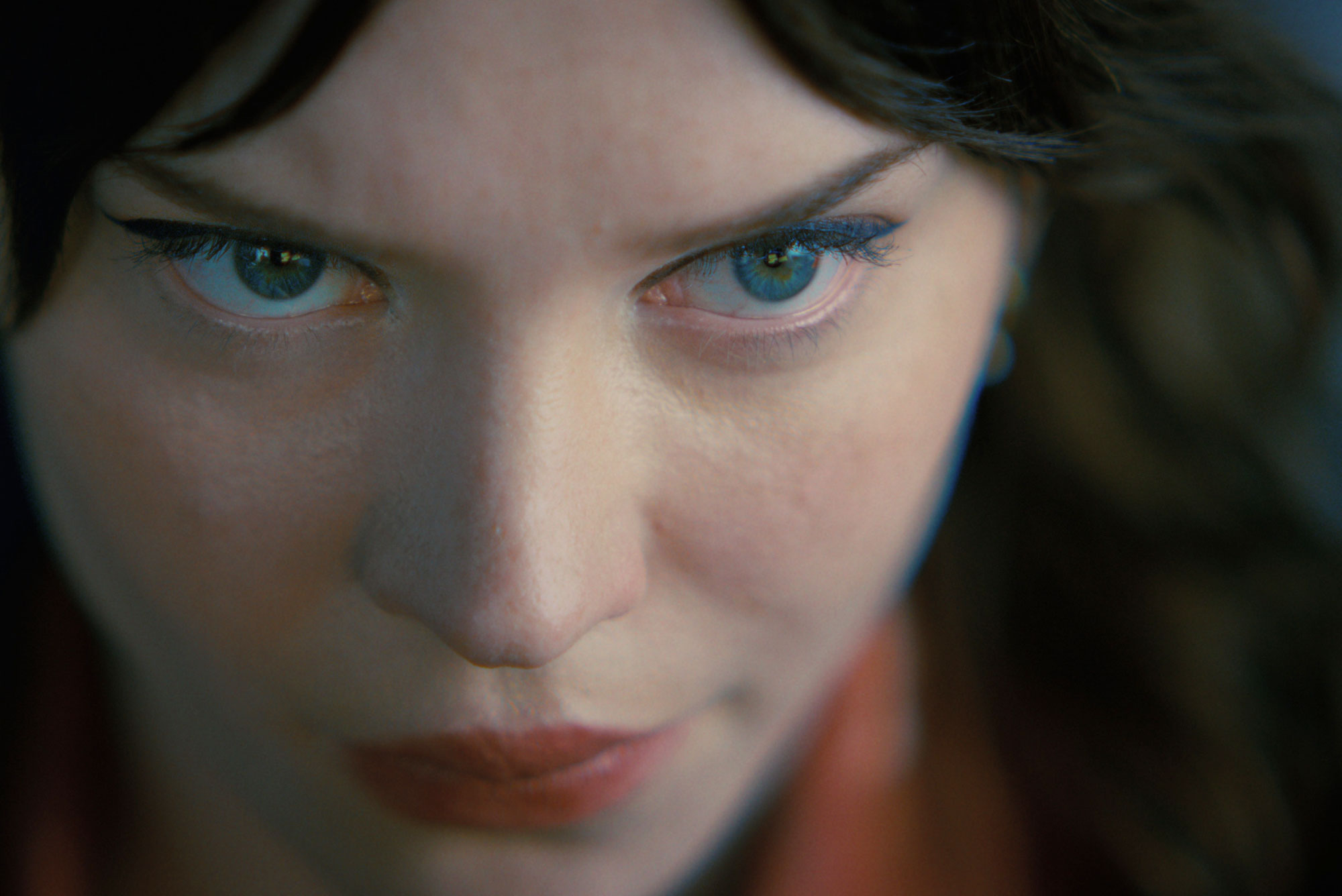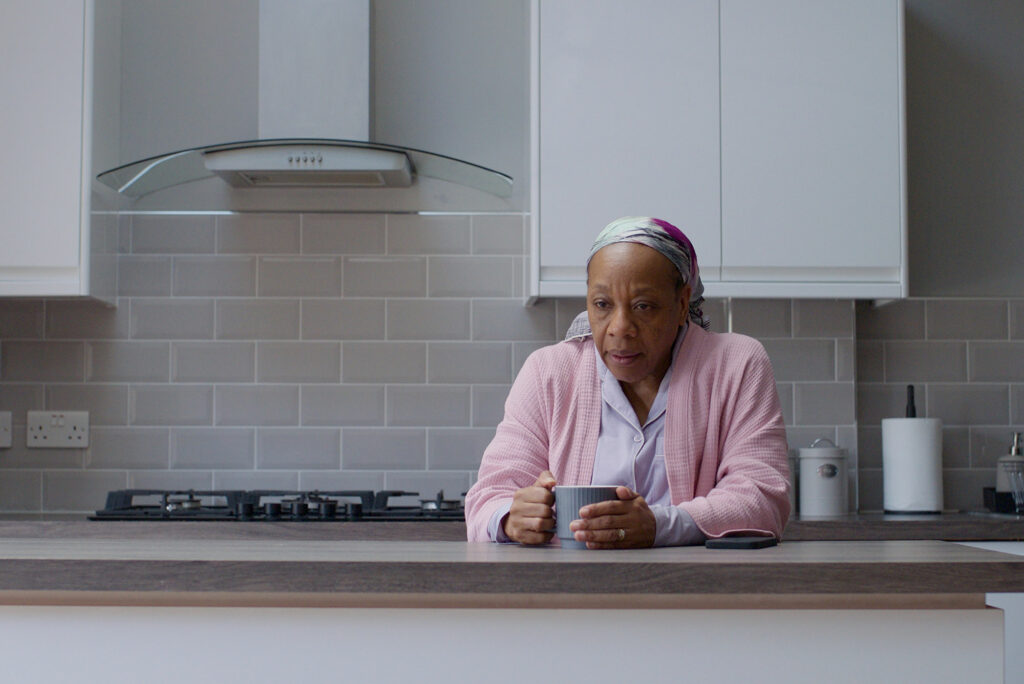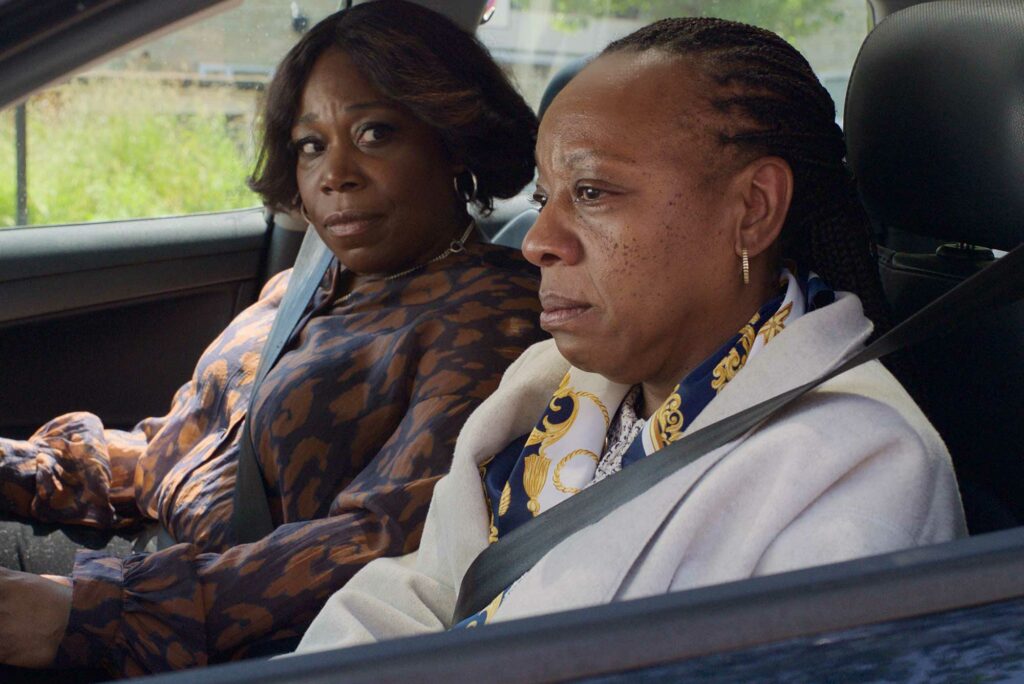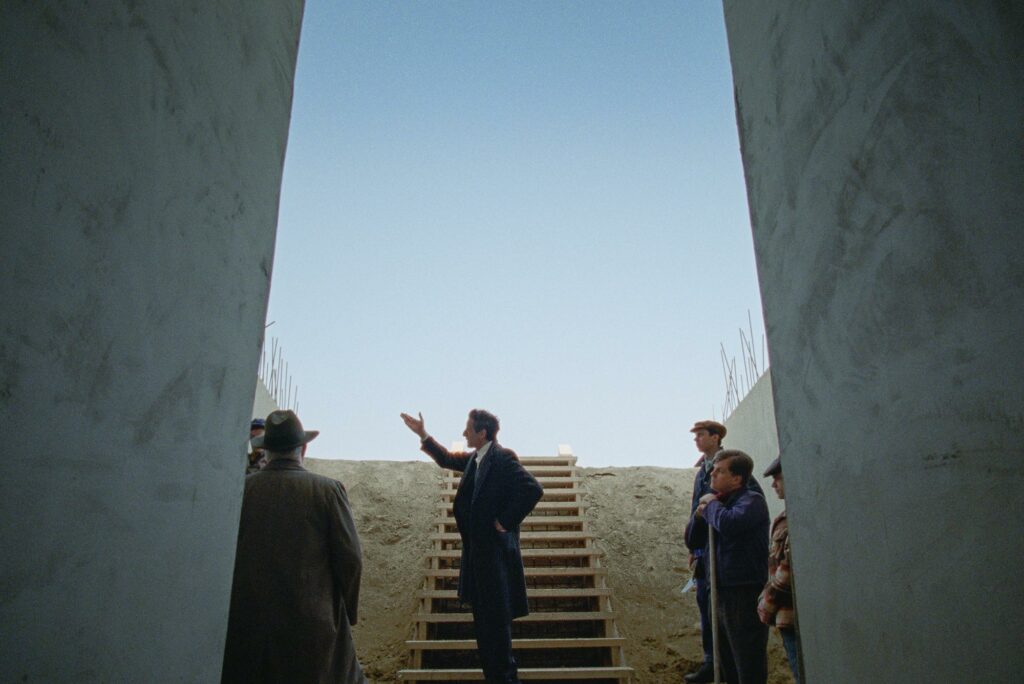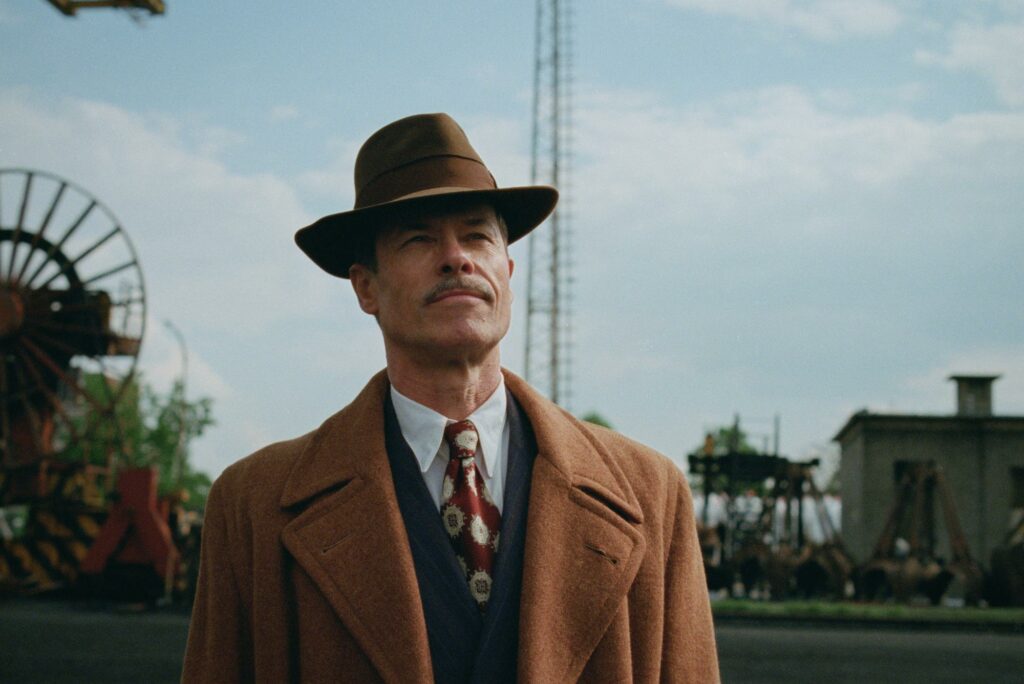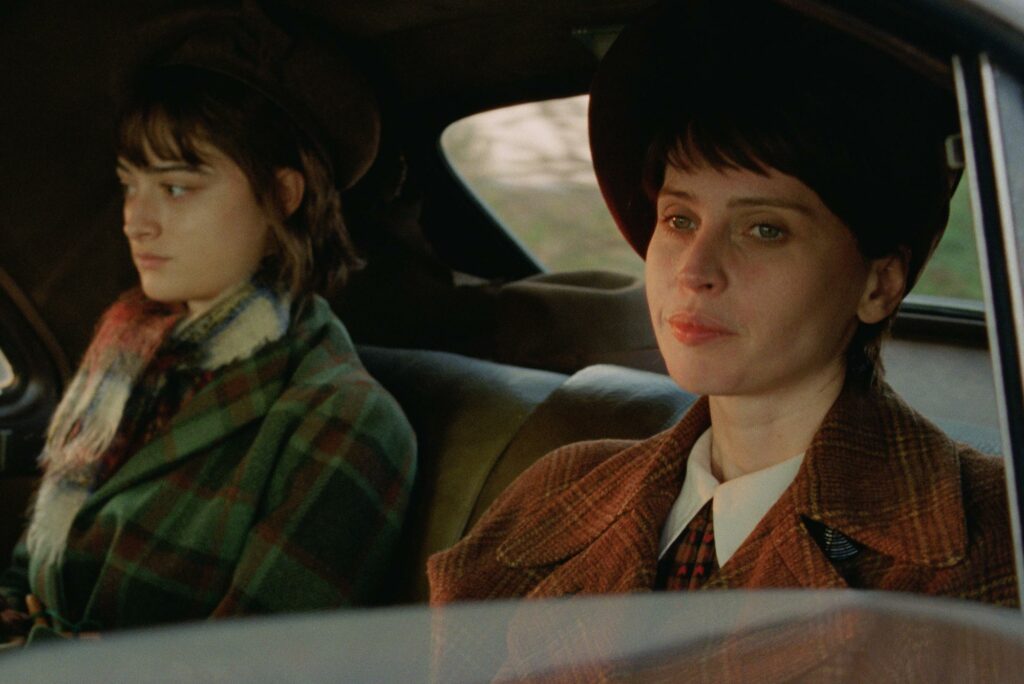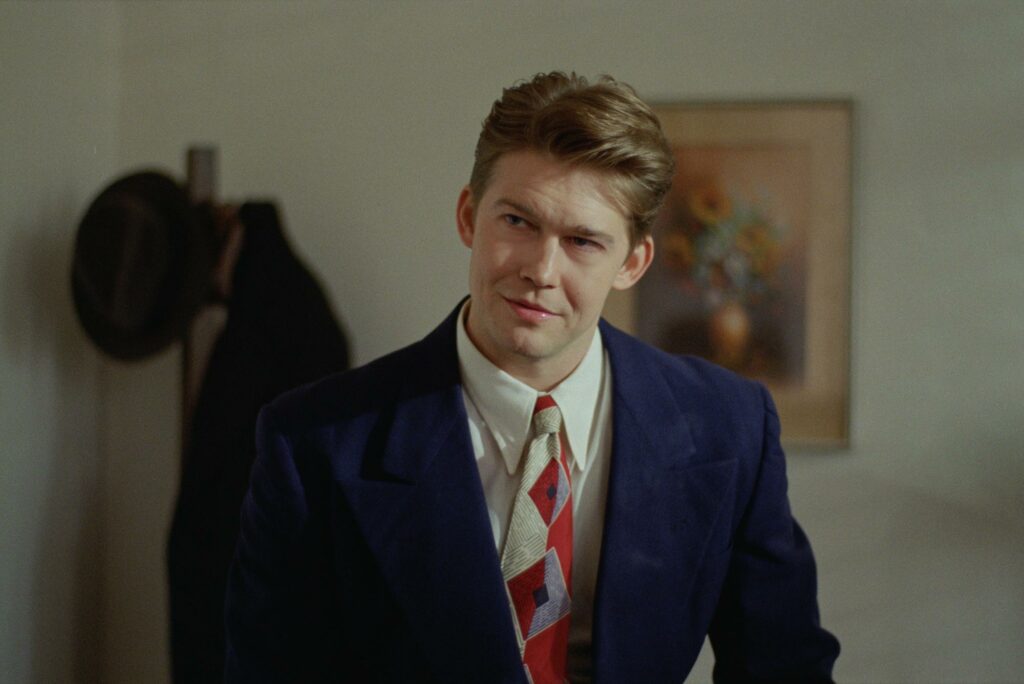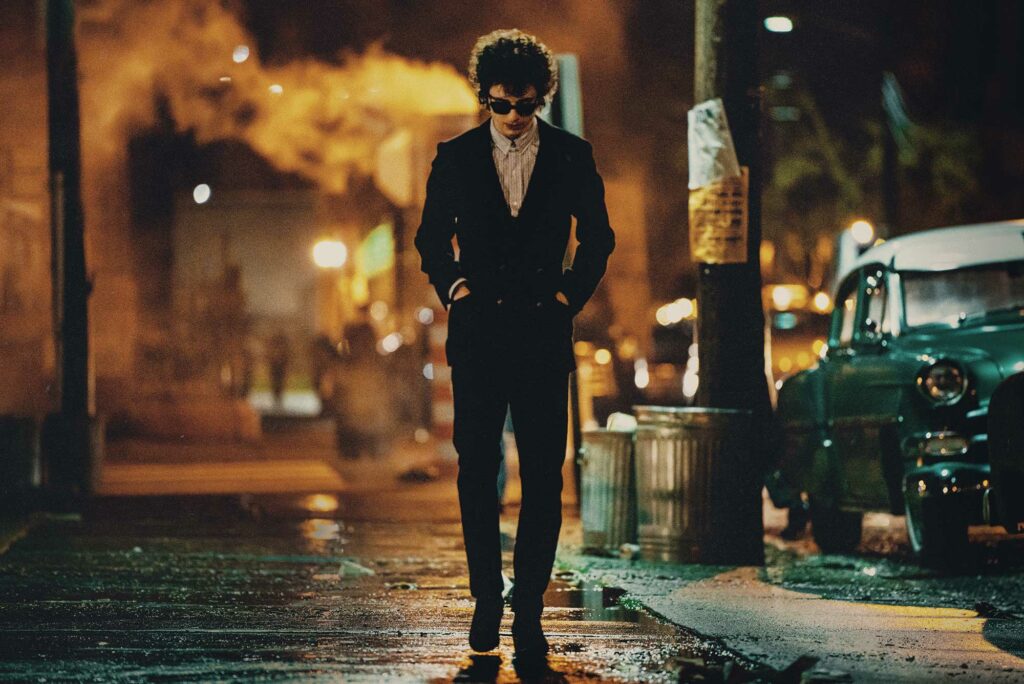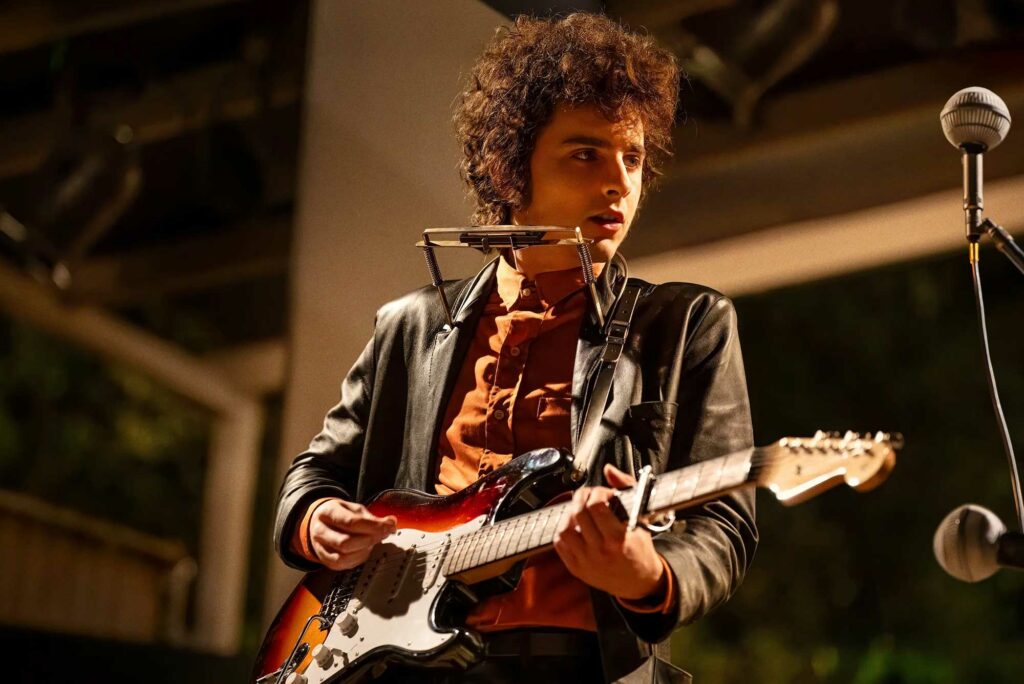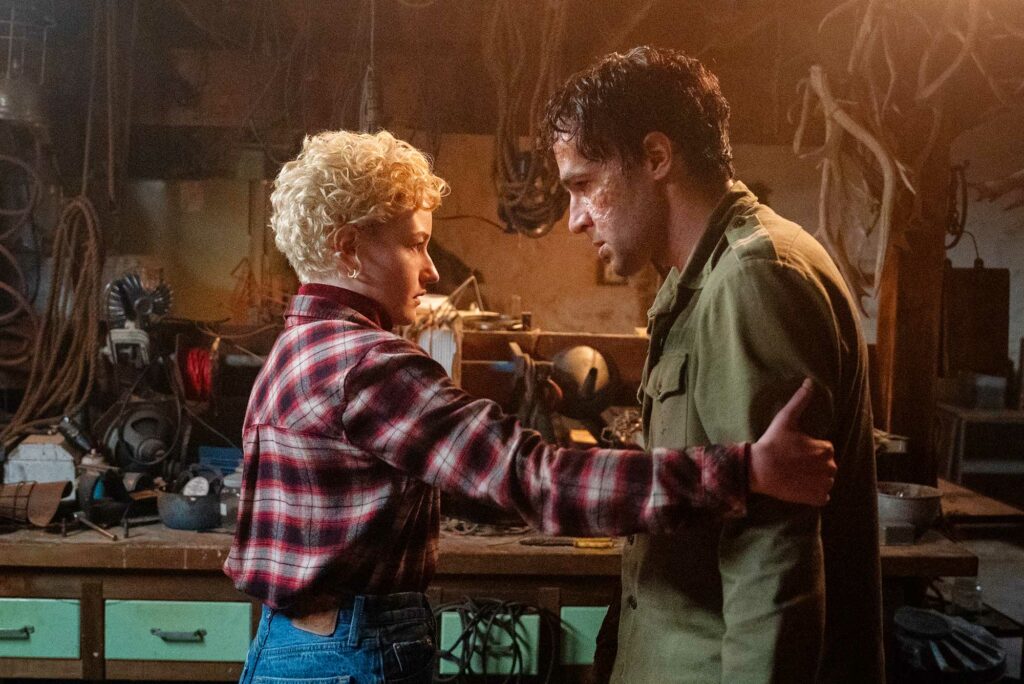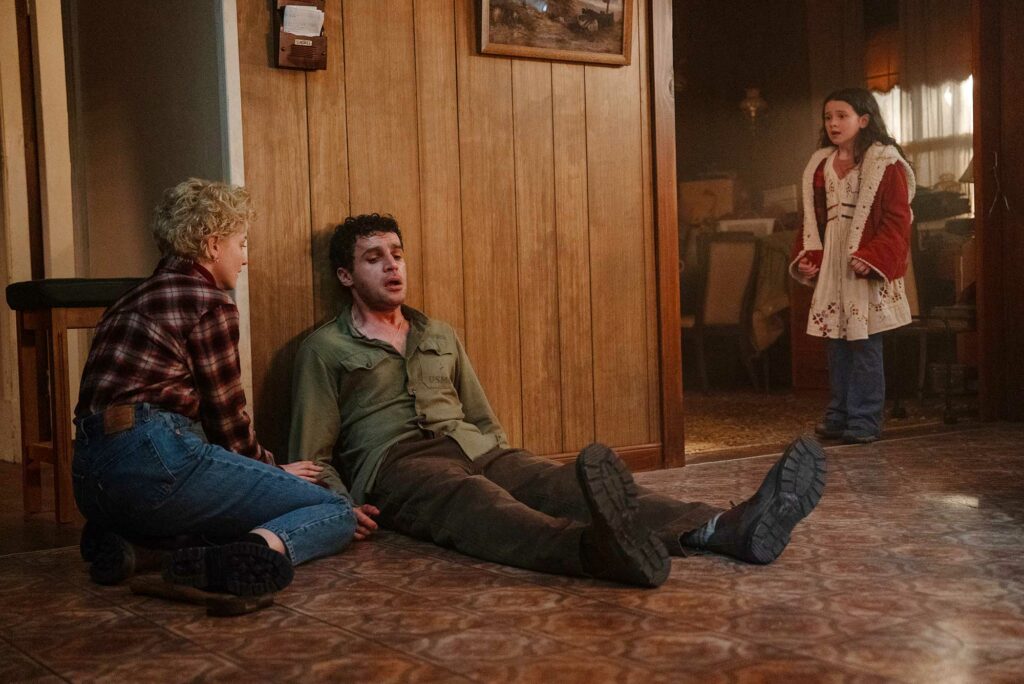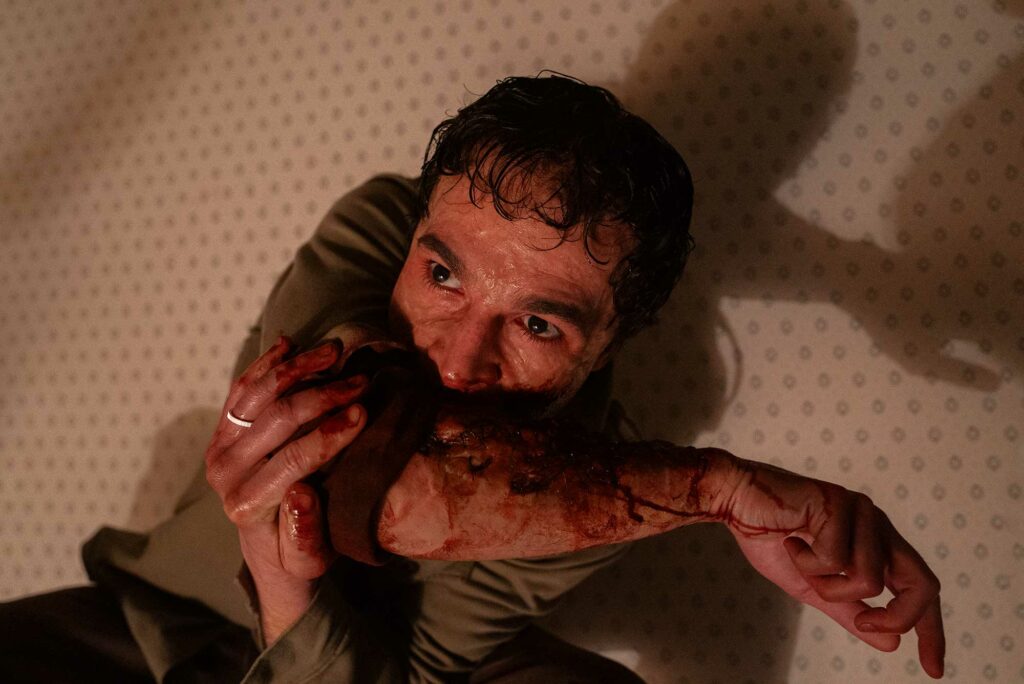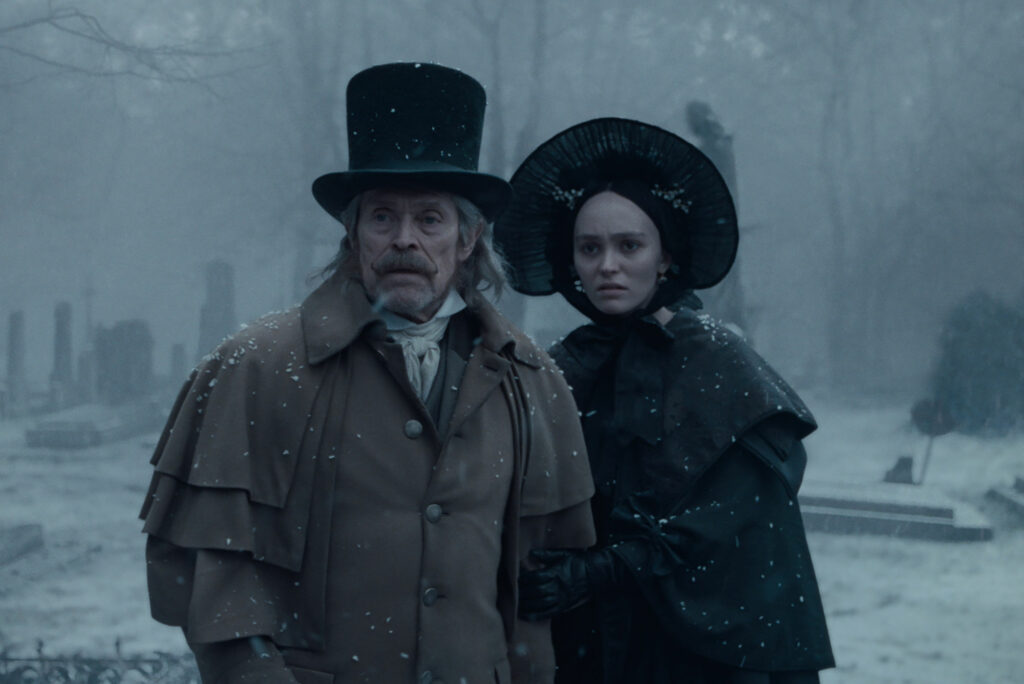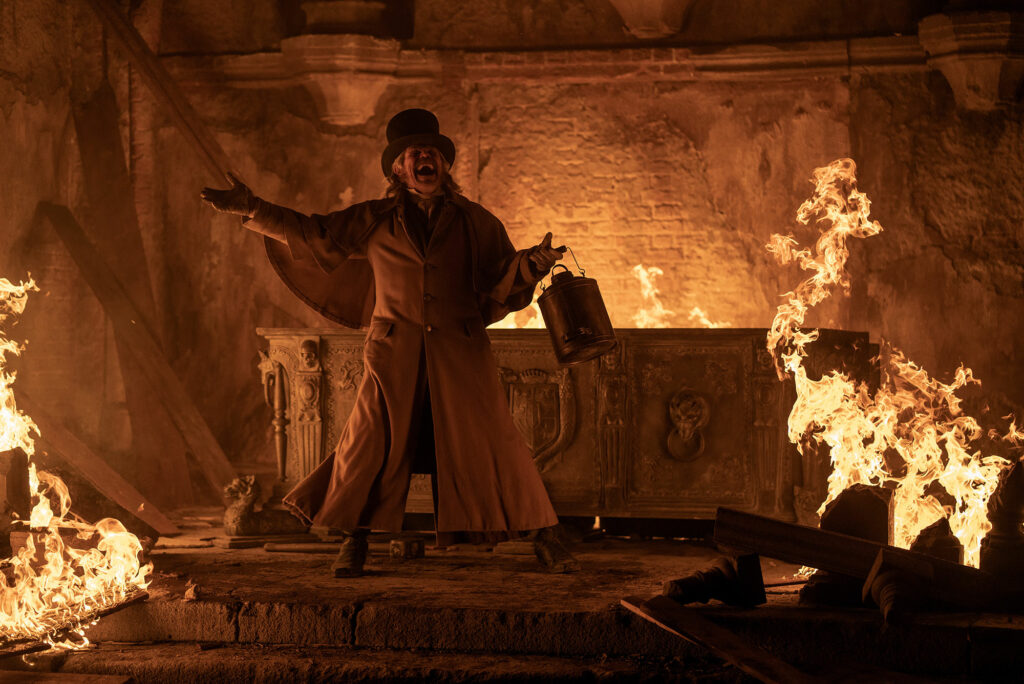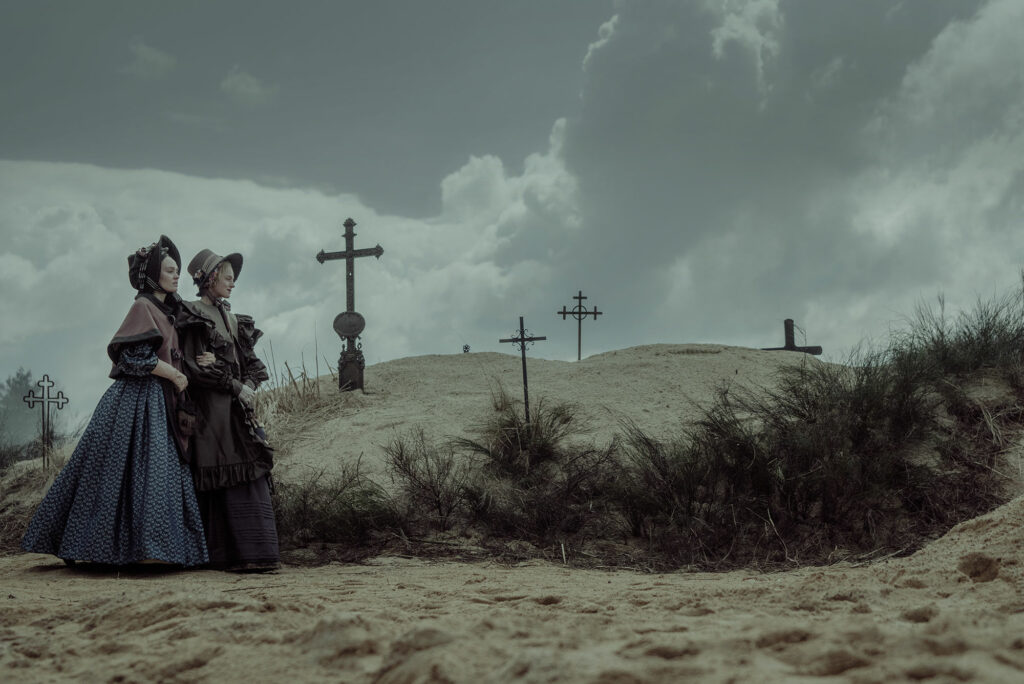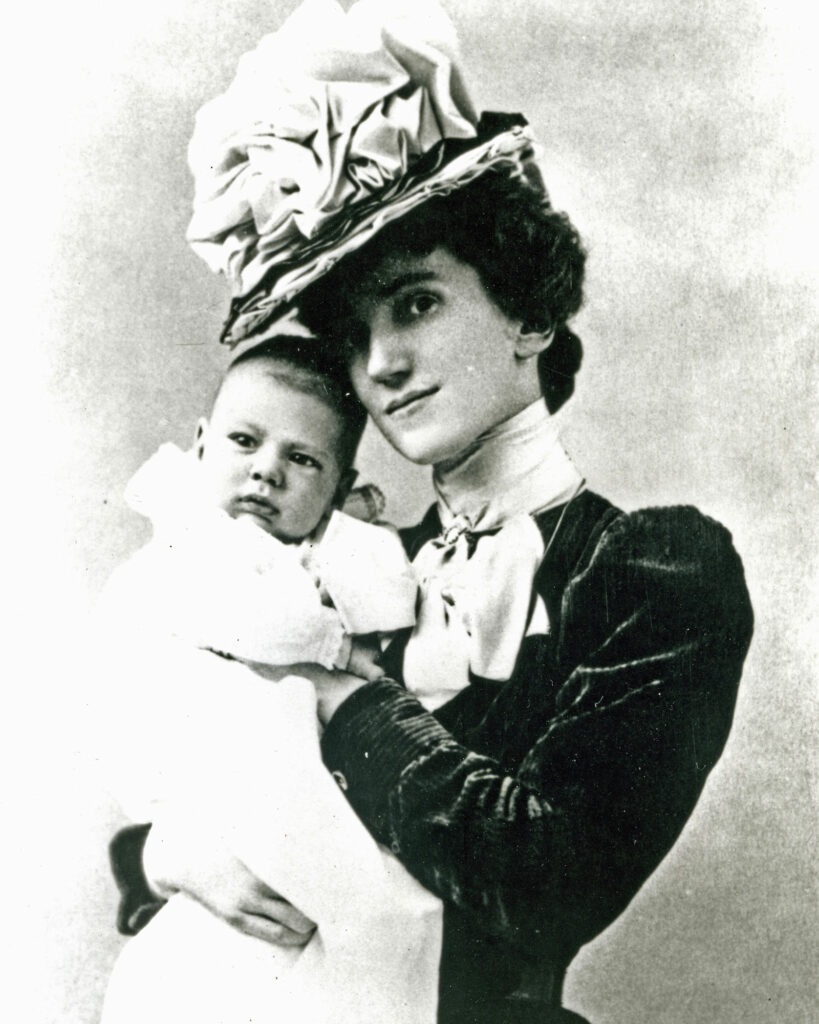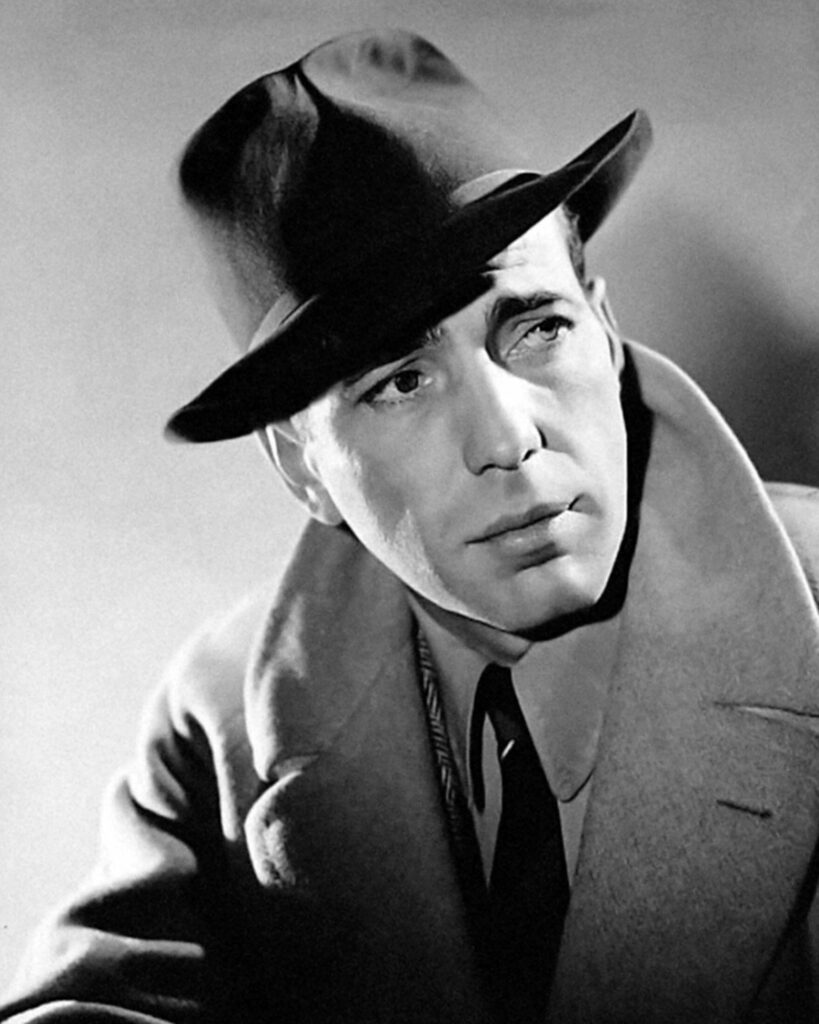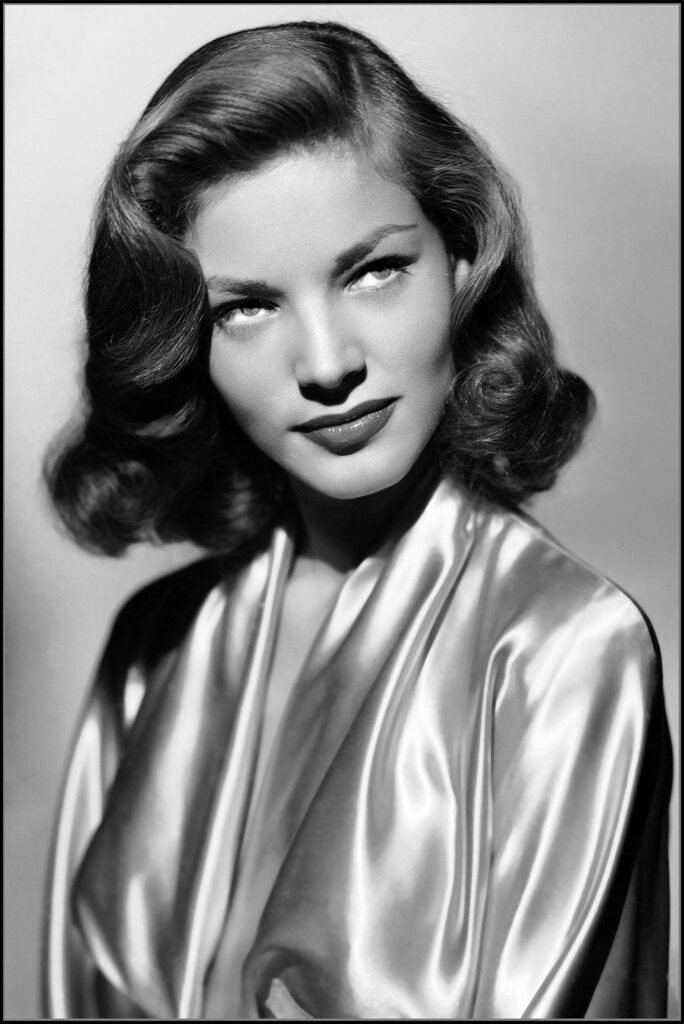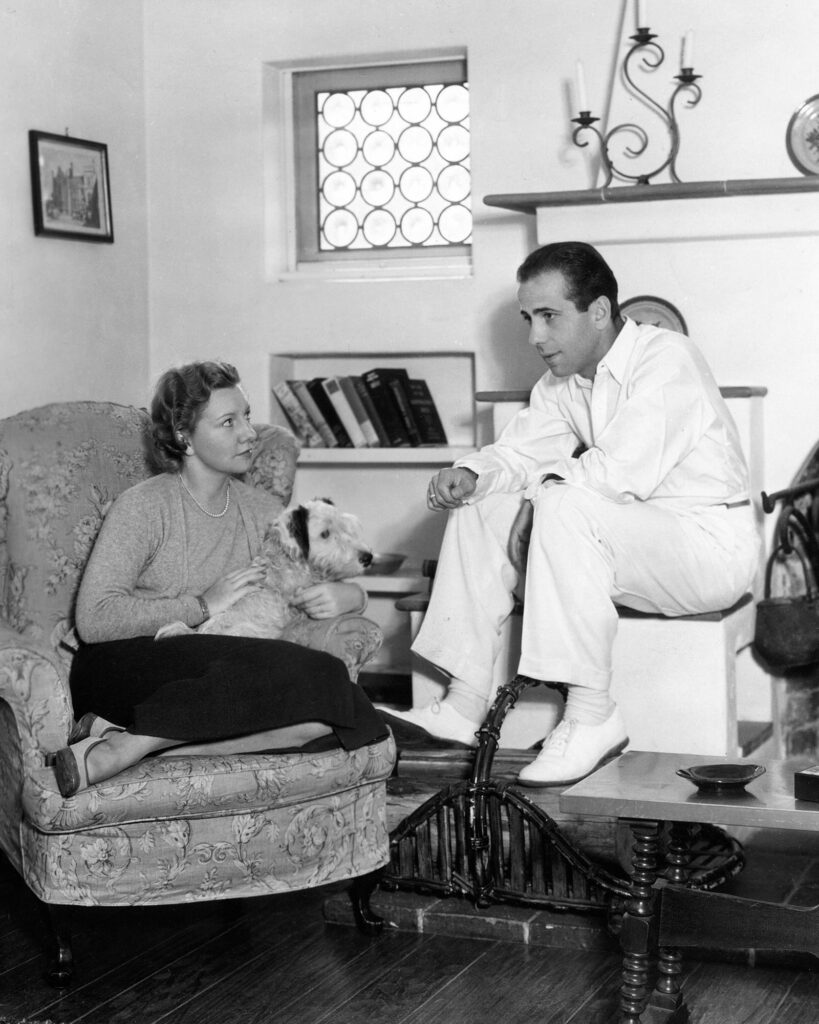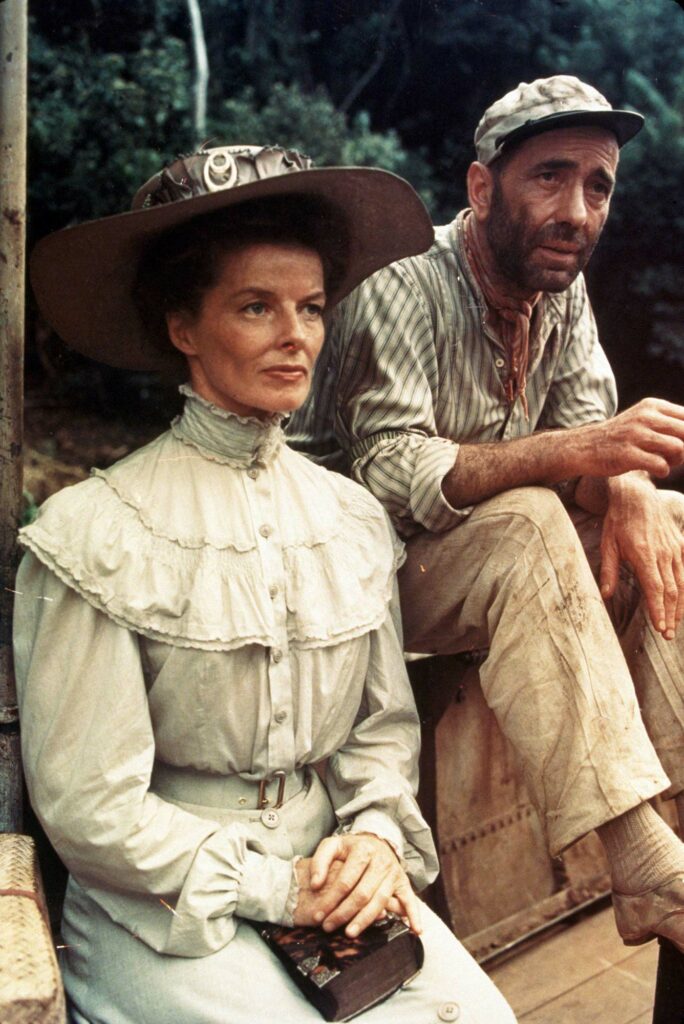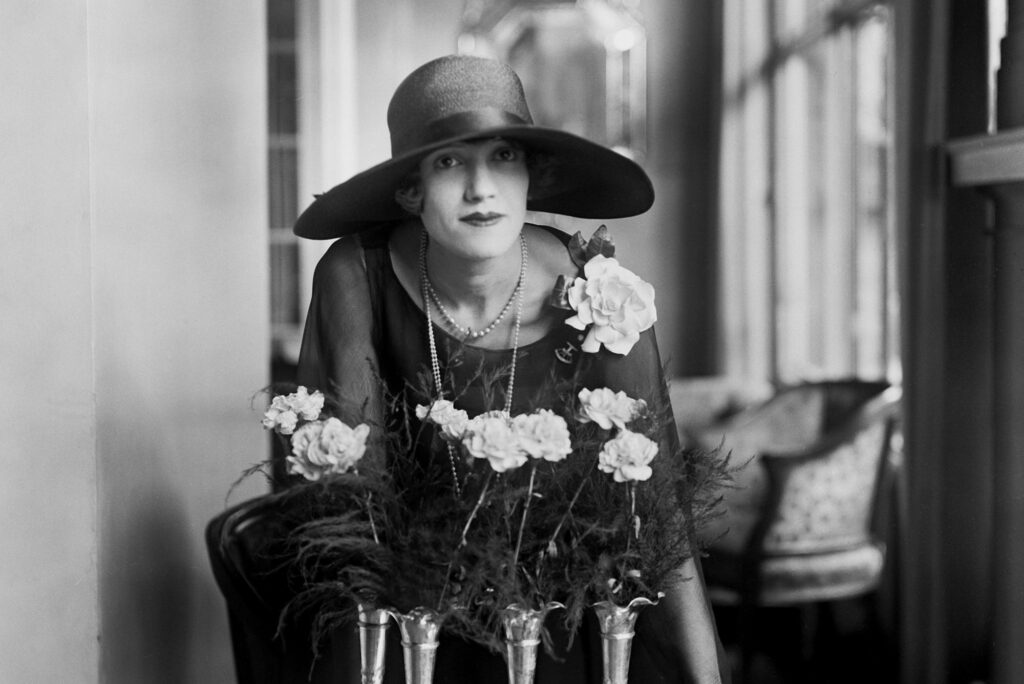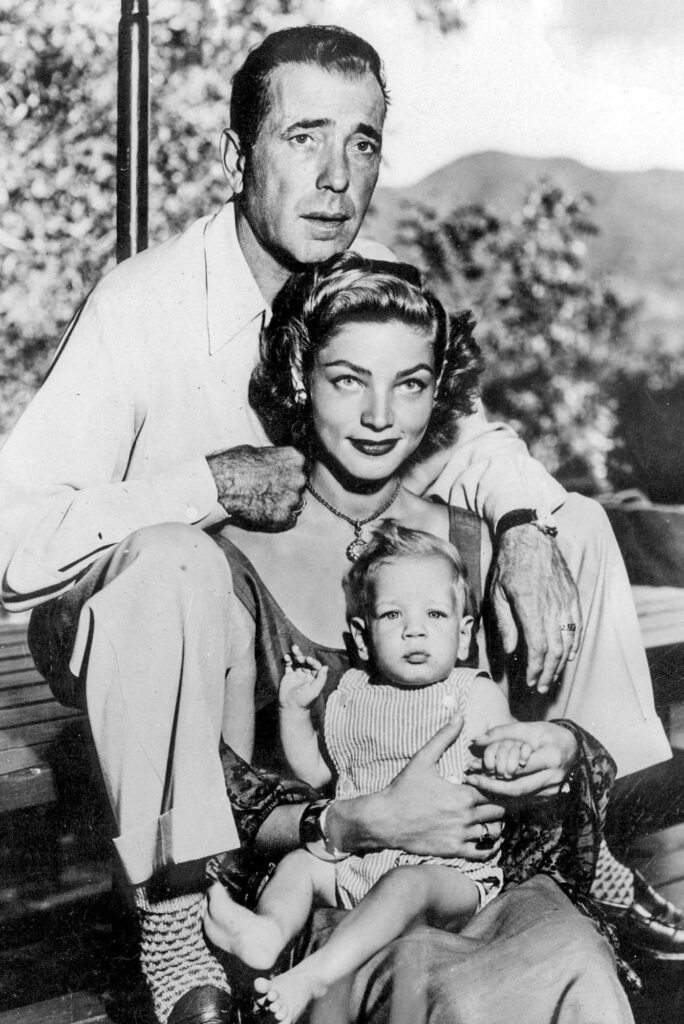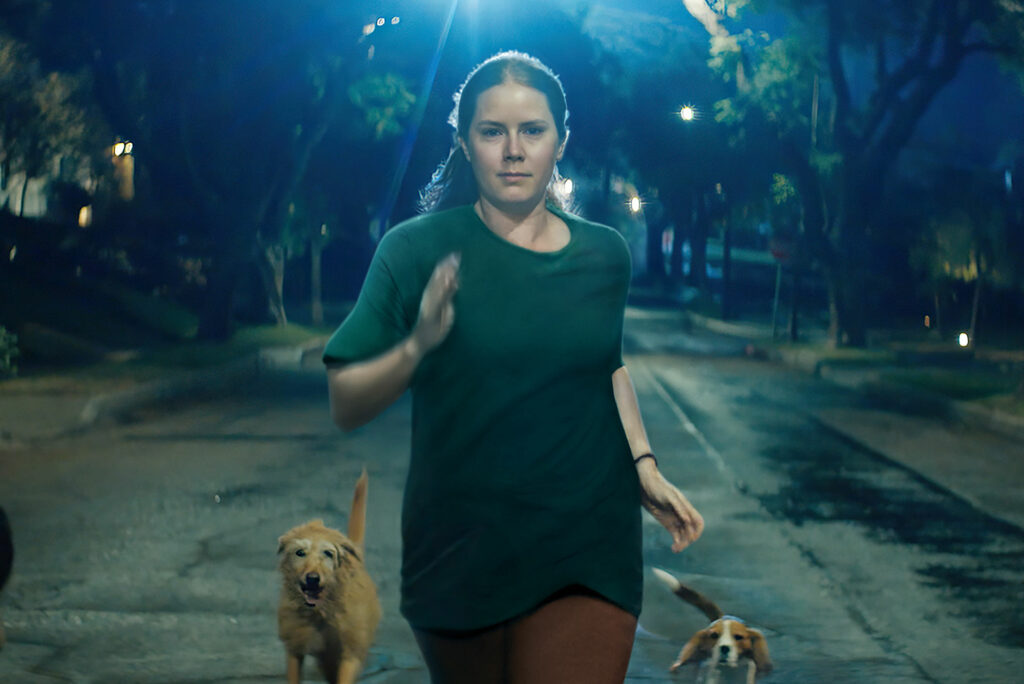Photographs by KATE MARTIN
Words by JANE CROWTHER
Lautner’s bold structure in Palm Springs starred in Diamonds Are Forever (1971) and still shines as an architectural gem. Hollywood Authentic is dazzled by the Elrod House.
If one thinks of an archetypal Bond villain lair, architect John Lautner’s 1968 concrete masterpiece – built among boulders and perched on a hilltop – is probably exactly what comes to mind. It may not have a launch pad for a space ship, sharks in the pool or a secret escape tunnel, but stepping inside the stark rooms with clean lines, desert views for miles and a crescent swimming pool seemingly balanced on a slope, it’s easy to see why it was cast as Willard Whyte’s home in Sean Connery’s 1971 outing as 007.

In Diamonds Are Forever, Bond is on the trail of a precious stones smuggling ring, which leads him to Las Vegas and billionaire Willard Whyte. After being left to die in the desert, the British spy turns up at Whyte’s futuristic house, sauntering up the drive and slipping through the copper gate and the glass door to be confronted by bikini-clad henchwomen, Bambi (Lola Larson) and Thumper (Trina Parks). Their athletic skirmish, which ends with a dunk in that pool, shows off the house in all its glory. Bambi is first seen lounging in a chair in the cathedral-like domed lounge, while Thumper reclines on an in-room rock formation – bringing the outside inside, as was Lautner’s intention. Their cartwheeling, chandelier-swinging assault on the gentleman spy gives viewers a good look at the impressive design.
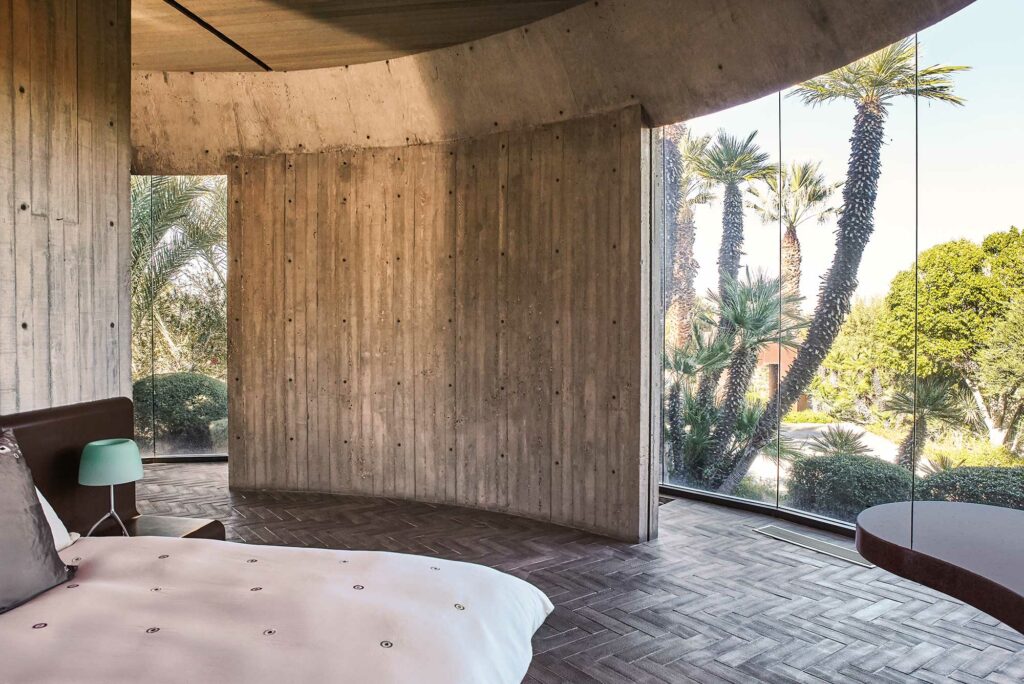
Elevated above Palm Springs and overlooking the Coachella Valley, the building sits in the Araby Cove neighbourhood and was commissioned by interior designer Arthur Elrod, who furnished the house himself on its completion in 1968. Lautner was the son of parents interested in design (their own home featured in American Architect magazine) and was a former apprentice of Frank Lloyd Wright – who designed the Marin County Civic Centre, which Hollywood Authentic lauded in issue 7. When Lautner launched his own firm, he became a leading light in Californian Modernism, designing striking homes that became famous in their own right. With their unique profiles and flowing spaces, Lautner’s builds were instantly recognisable as his work and ideal for cinematography. The Garcia House on Mulholland Drive seems to float on posts over Hollywood and was famously used in Lethal Weapon 2 as the home Riggs pulls down the canyon with his truck; while George’s covetable mid-century love-nest in A Single Man was the wooden Schaffer House in Glendale. The floating spaceship only reached by funicular in Body Double? Lautner’s famed 1960 Chemosphere in the San Fernando Valley. And his Sheats-Goldstein Residence in the Hollywood Hills has featured in numerous music videos and movies, most notable as the porn king’s house that ‘The Dude’ is abducted to in The Big Lebowski. ‘Quite a pad you got here,’ the Dude notes. Quite so.
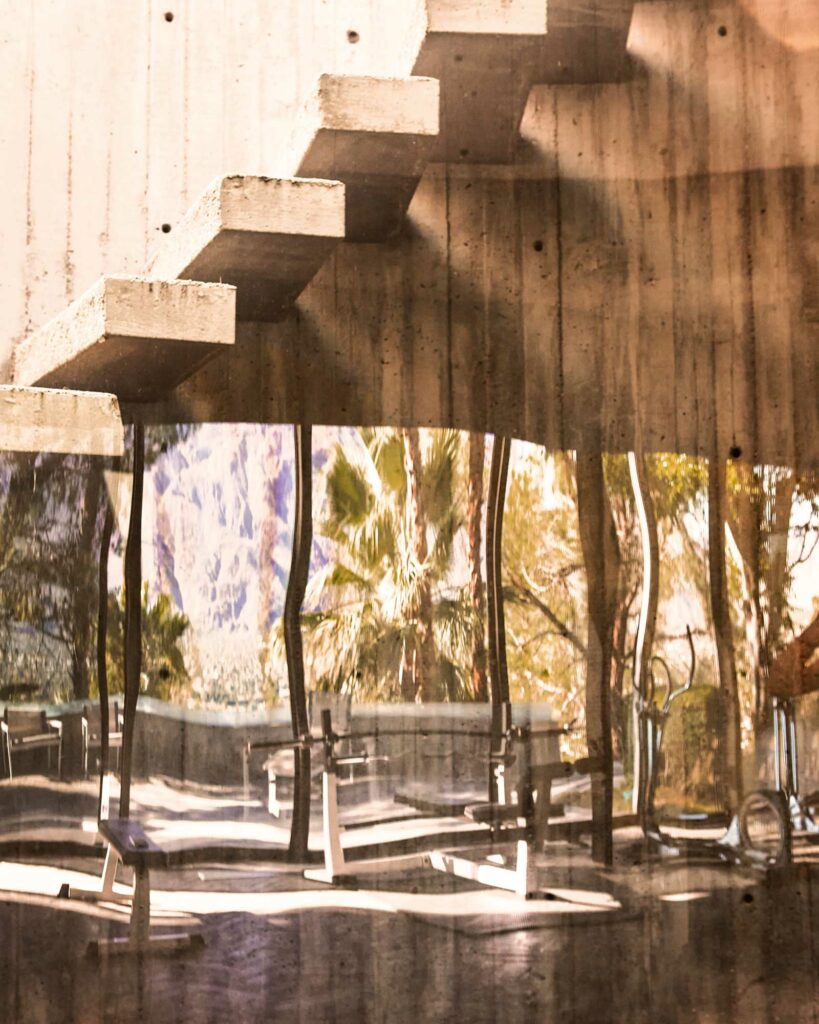

The Elrod House is certainly worthy of the descriptor ‘pad’ – Playboy magazine’s November 1971 issue ran an approving feature on it called ‘Pleasure On The Rocks’. Lautner’s vision for The Elrod House was organic architecture – incorporating the landscape in the design; making use of the rock formations around the house by integrating them into walls and pockets between rooms. Fanning the house out from the main-event circular living room, Lautner conceived a 60 foot-diameter circular space under a wheel-like roof of alternating glass and concrete slabs. Floor-to-ceiling windows allowed a 180 degree view, the retractible glass pulling back to allow the line between exterior and interior to blur, the pool to become part of the entertaining area (and in Bambi and Thumper’s case, a place to dive into). A set of steps hugged the outside of the pool to transport residents to other levels of the house.
Radiating for this social hub are five bedrooms, five-and-a-half bathrooms, kitchen and ancillary rooms, two-bed guesthouse, staff quarters and a gym with breath-snatching views across to the mountains of San Jacinto and San Gorgonio. The house’s surroundings encroach in all the spaces: Thumper’s lounging rock pushes up through the sitting-room floor like a mini version of the horizon out of the windows; the master bedroom is akin to sleeping in a cave. And next to the sunken bath, a rocky outcrop starts outside the window and continues through the glass to touch the marble tub. Succulents and cacti grow within and without.

The architect’s interest in reflecting nature in design was born when he helped his father build a cabin on Lake Superior in his home state of Michigan as a 12 year-old. He moved to California to work with Lloyd Wright and was inspired by the SoCal environment, his work irrevocably linked to the image of a palm tree, cactus and bleaching California sun. His pads were so desirable that the ultimate showman, Bob Hope, also commissioned him to create a lair for him in 1969 – an iconic building close to the Elrod House that shares similar lines and ambition. Both venues now feature as part of Palm Springs’ annual Modernism Week – a celebration of mid-century architecture, design and culture. Architectural diamonds truly are forever.
Photographs by KATE MARTIN
Words by JANE CROWTHER
Learn more about John Lautner at www.johnlautner.org






